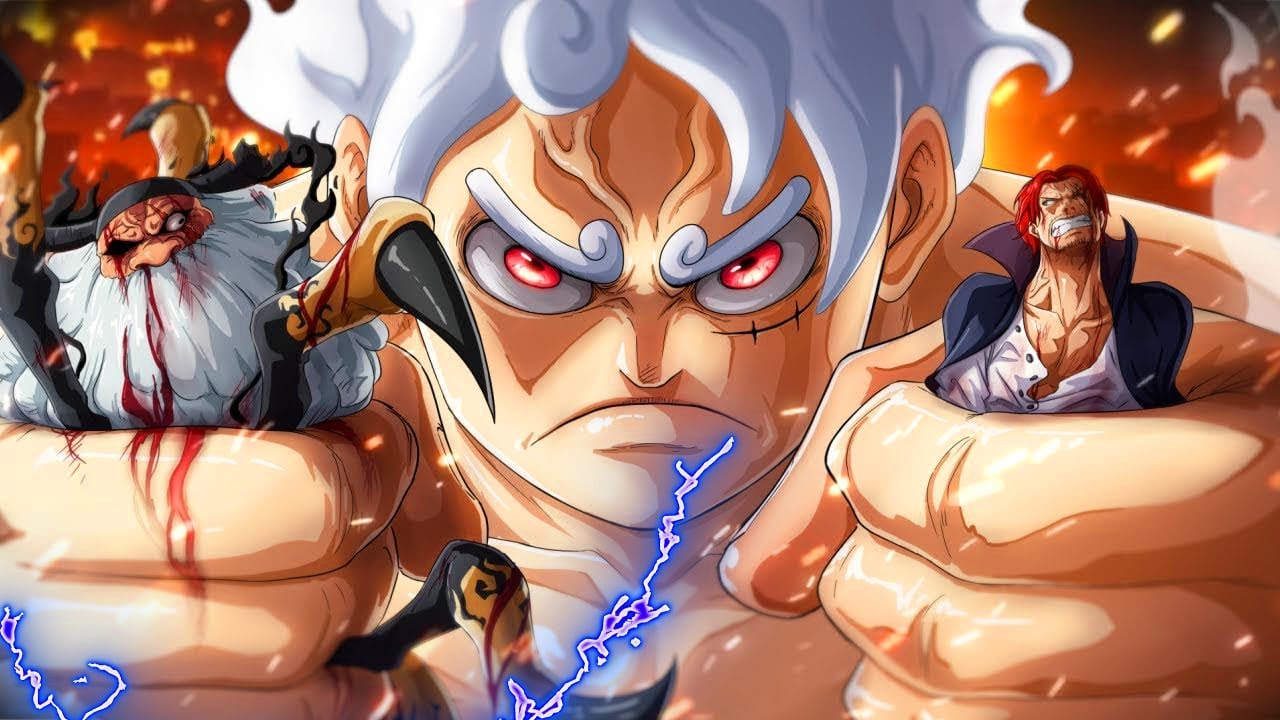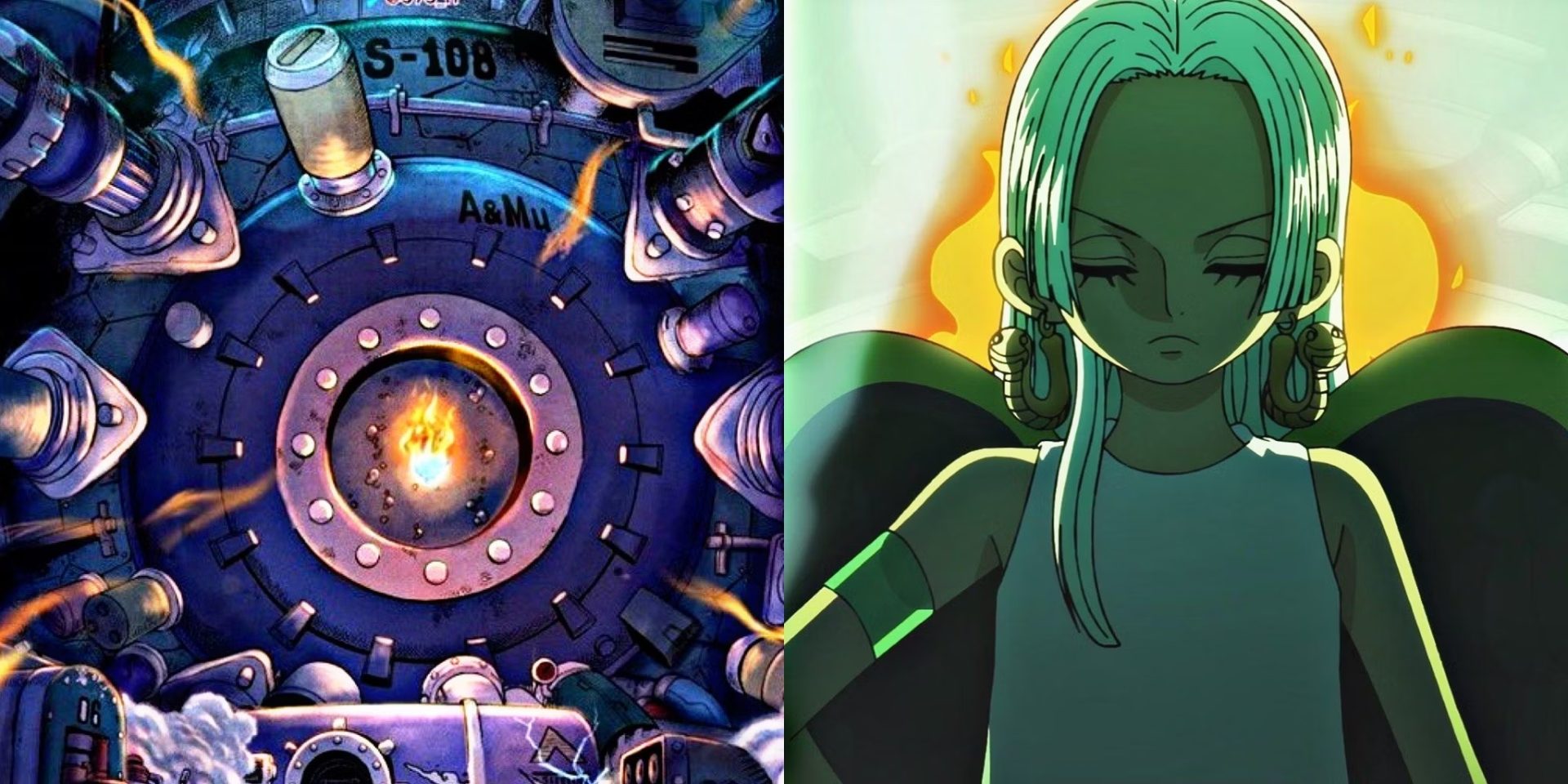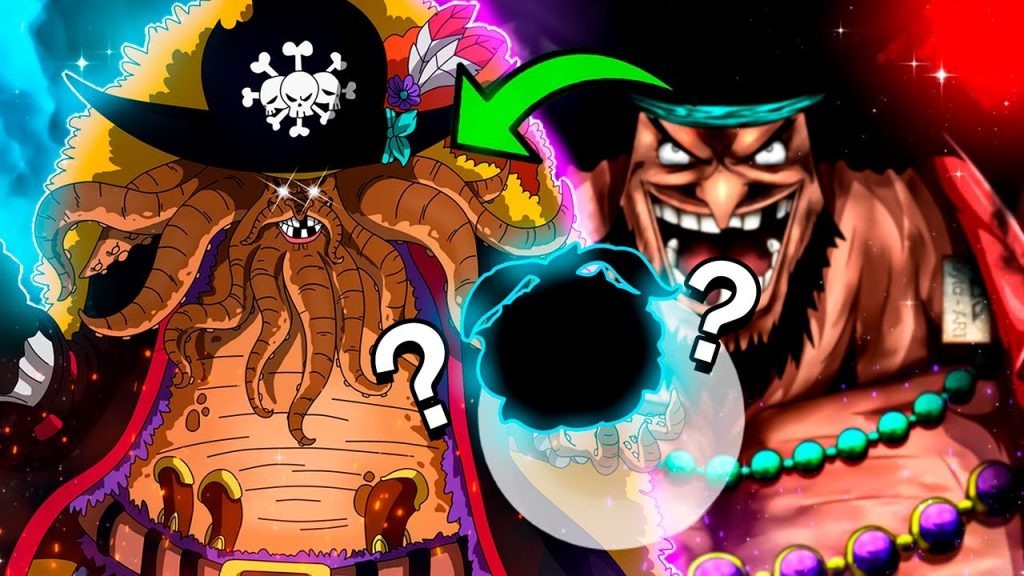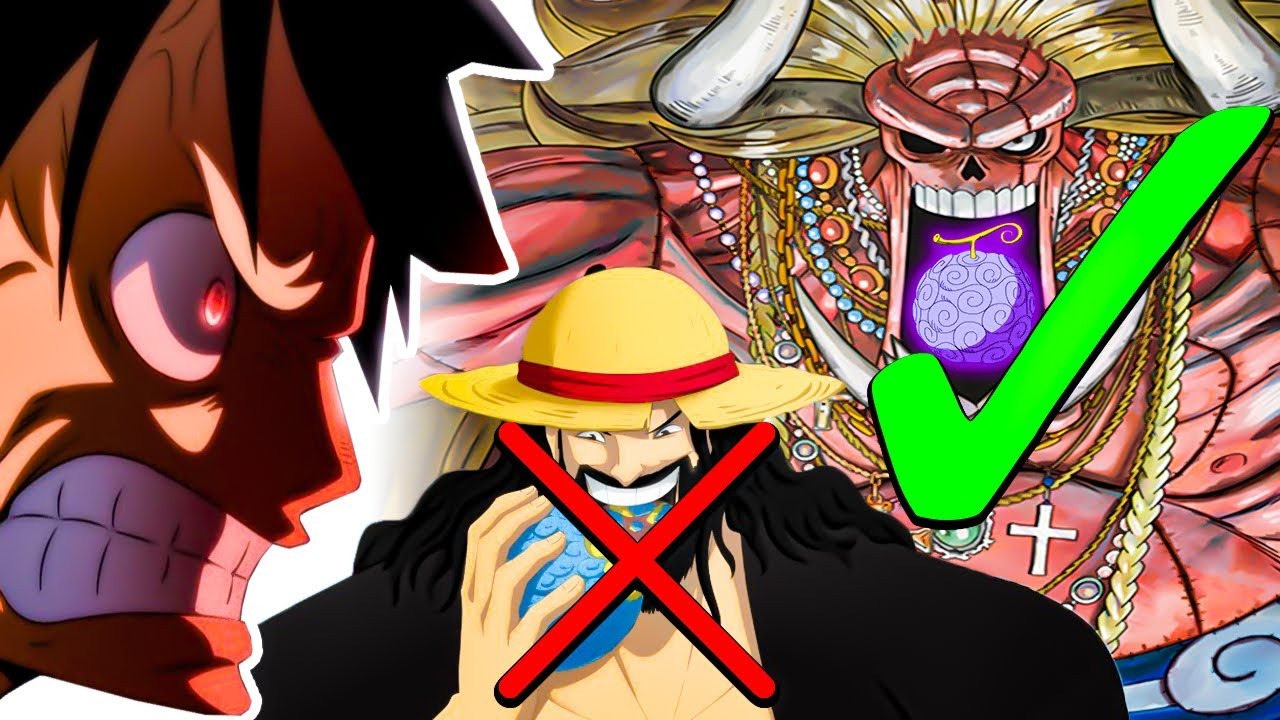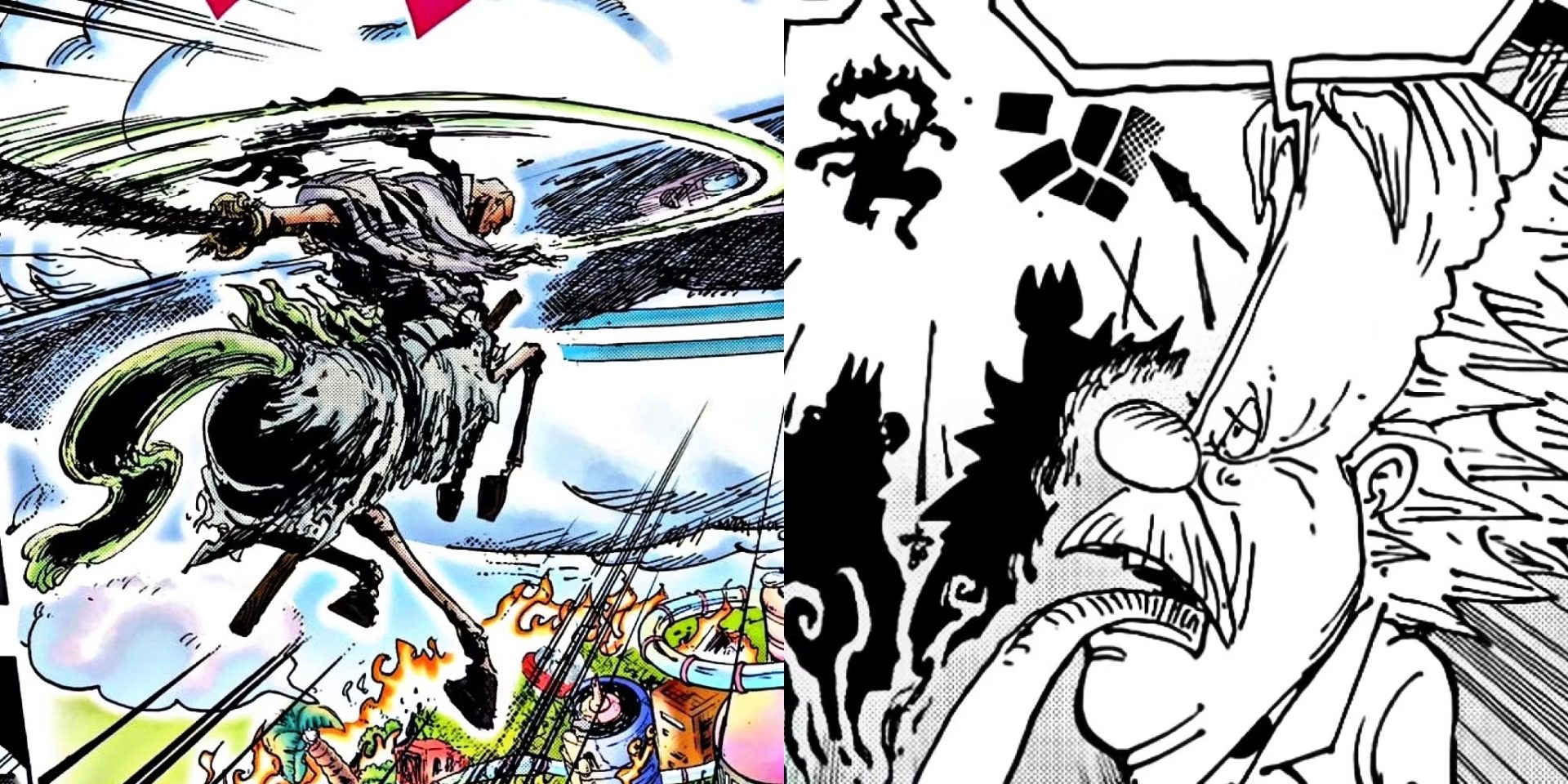OtakuKart’s independent study reveals monthly salaries of Japanese animators.
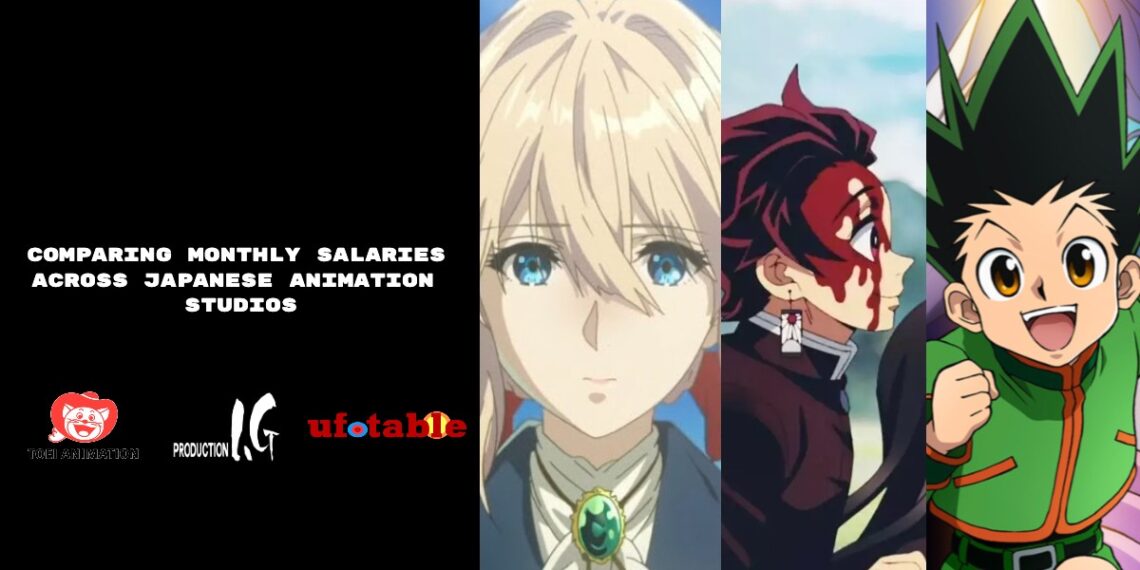
The working conditions of animators in the Japanese anime industry is a complex and multifaceted issue with valid perspectives on both sides. On one hand, many fans are concerned that long working hours and relatively low compensation may be exploiting talented artists and contributing to burnout.
However, the financial realities of the industry make it difficult for studios to substantially increase wages, especially for entry-level positions. There is no doubt that animators dedicate great passion and effort to their craft, often for little pay in the early stages of their careers.
However, the structure of the industry itself likely plays a role in making significant improvements a challenge. Factors like tight production budgets, high demands on quick turnarounds, and the competitive nature of the business all intersect to shape workplace norms.
Of course, not all studios share the exact same compensation policies and schedules. Larger, well-funded studios may provide better pay and benefits compared to smaller independent studios.
However, there is still a high level of financial uncertainty built into anime industry jobs as a whole. There are no easy answers, but continuing the thoughtful discussion from all sides can hopefully lead to positive progress.
As fans, supporting the legal consumption of anime can contribute to the overall growth of the industry financially.
Meanwhile, studios can also re-examine their budgets and timelines to find ways to better support the incredible artists who dedicate their talents to bringing these stories to life. It is a nuanced, ongoing issue with many variables at play.
How Much Monthly Salary Animators At ‘Studio Ghibli’ Earn?
When it comes to compensation packages, renowned animation studio Studio Ghibli sets a positive example relative to wider industry standards.
While specific salaries are not publicly disclosed, some estimates indicate that starting monthly pay can reach around 200,000 yen (roughly $1,733 US dollars) for some animator roles.
Of course, actual amounts likely fluctuate based on the animator’s precise position and experience level. But in general, Studio Ghibli is known for offering competitive salaries to recognize the immense talents of its artists.
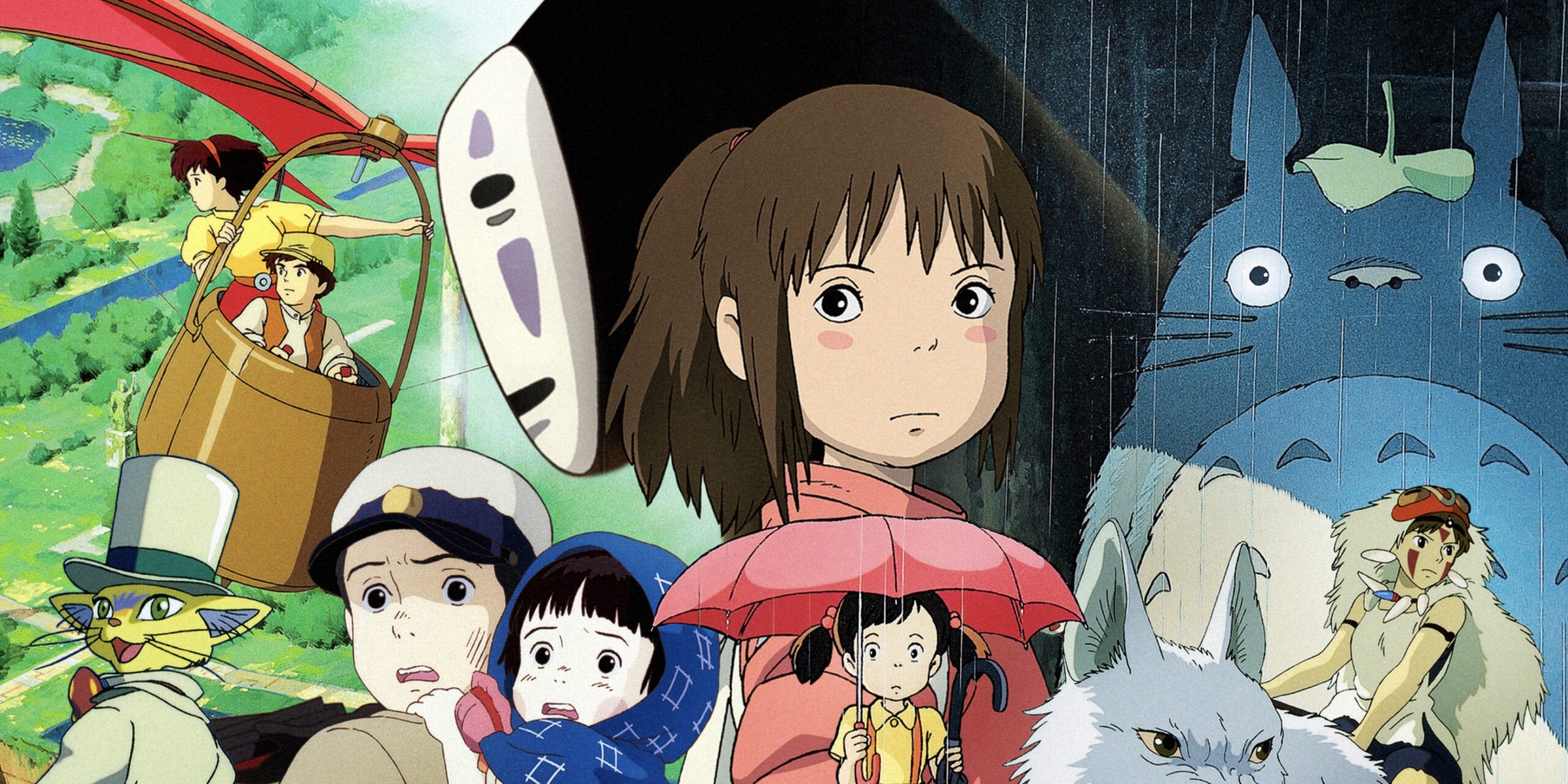
As an internationally acclaimed studio behind multiple Academy Award-winning films like “Spirited Away,” Ghibli also provides additional work incentives like bonus pay opportunities and commuter benefits.
This reflects their dedication to valuing animators and enabling them to focus on bringing captivating stories to life through masterful animation craftsmanship.
Their storied legacy stretches across fan-favorite films, shorts, television commercials, and beyond.
The studio’s commitment to compensating animators fairly for their creative efforts and passion sets a positive standard.
While financial limitations exist in any business, Ghibli strives to reward artists even in entry-level roles. Their example highlights that better working conditions are possible when studios truly cherish the human talents who inject such beautiful artistry into anime filmmaking.
Though specific numbers fluctuate, the emphasis on respecting animators appears evident in Ghibli’s approach.
How Much Monthly Salary Animators At ‘Ufotable’ Earn?
The immense success of mega-hit anime franchises like Demon Slayer highlights the financial disconnects that still exist in the industry when it comes to compensating talented artists behind the scenes.
Despite Ufotable animation studio delivering record-shattering, visually stunning work on Demon Slayer: Kimetsu no Yaiba that wows global audiences, the animators themselves still face modest wages.
Reports indicate that trainees earn around 50,000 yen monthly (approximately $433 US dollars), while contract animators make about 150,000 yen per month ($1,300 US dollars).
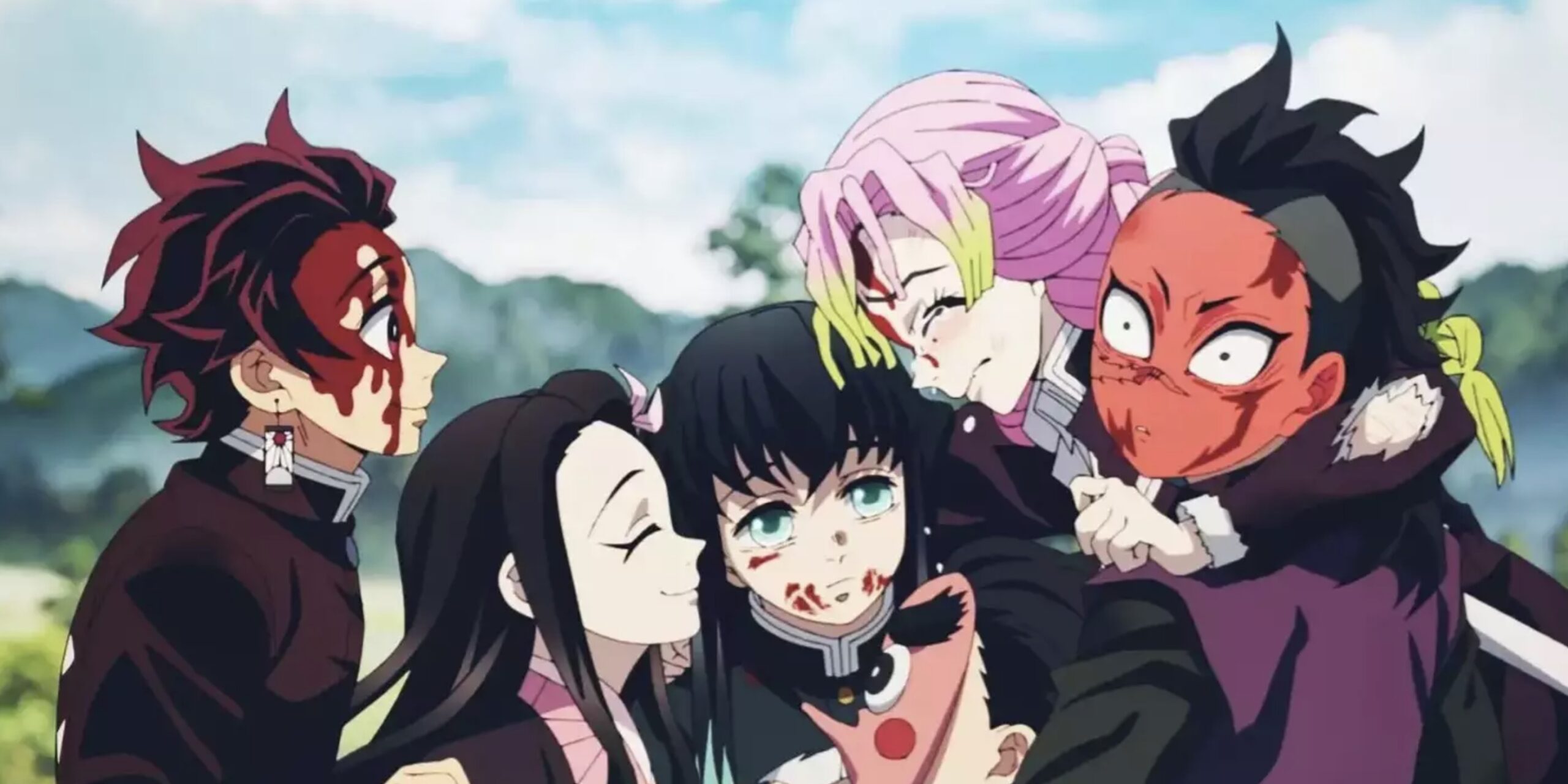
These numbers pale in comparison to the many millions in profits the actual IP generates across merchandise, streaming, theatrical releases, and more.
Ufotable’s former president Hikaru Kondo commented on the prevalence of freelance jobs in the sector, positions that often lack the job security, healthcare benefits, pensions, and bonuses tied to formal salaried roles.
The immense talent of artists who help create captivating anime scenes is not always matched by workplace protections or financial compensation.
Fans have noticed the staggeringly beautiful animation quality in Ufotable’s works like the Fate series and now Demon Slayer.
However, the unclear pay breakdowns tied to more flexible freelance gigs continue to spur calls for more transparency around studio wages and working protocols.
As global demand for top-tier anime surges, there is hope that more lifetime-salaried positions may open up to reward artists for their instrumental skills in bringing phenomenal adventures to life through animation.
However, for now, financial gains appear predominantly tilted more toward the studios and IP holders in terms of the wealth generated by international blockbuster hits.
How Much Monthly Salary Animators At ‘Toei Animation’ Earn?
As one of Japan’s most established animation studios, tracing its origins back to 1948, Toei Animation stands apart for employing over 1,200 full-time staff.
This sizable in-house team is relatively rare in the anime industry, known for lean operations and flexible freelance hiring. It speaks to Toei’s firm positioning among the top studios.
With such an extensive payroll featuring long-term employees, Toei can provide a degree of job security and reliable compensation that surpasses many competitors.
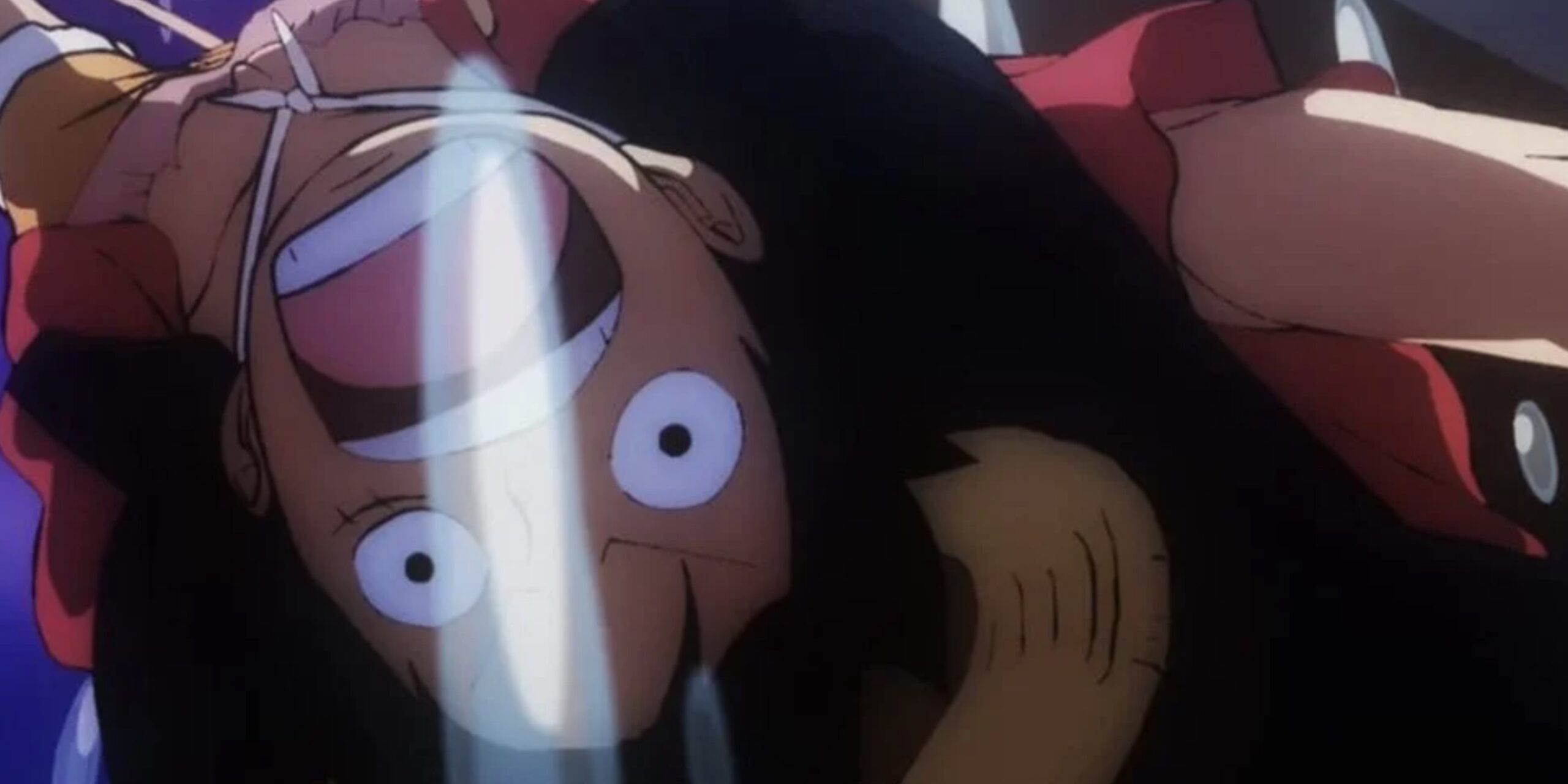
For entry-level animators, average monthly salaries reportedly start around 233,900 yen or approximately $2,027 US dollars. While hardly extravagant for the skill level required, these full-employee wages do offer new artists key workplace benefits and protections.
Having spearheaded historic anime staples like Dragon Ball and One Piece that still resonate globally, Toei understands the invaluable contributions of its creative team.
Offering full-time salaried jobs, the studio aims to nurture talent within its ranks and retain institutional knowledge. This allows Toei to consistently output high-quality productions decade after decade through eras of industry evolution.
With over 70 years in operation, Toei Animation stands uniquely poised to incubate artistic skills over the long term through formalized contracts.
Their example provides a template for how studios can work to better compensate animators through steady jobs, not just per-project freelance piecework. Ensuring these creative voices have a seat at the table is key as anime reaches unprecedented worldwide popularity.
How Much Monthly Salary Animators At ‘Kyoto Animation’ Earn?
Studio Kyoto Animation is often spotlighted for its ethical treatment of employees. Located outside the costly urban centers, monthly salaries for KyoAni animators reportedly start around 172,000 yen (approximately $1,490 US dollars).
This positions entry-level artists to live comfortably in the studio’s native Kyoto region featuring a relatively affordable cost of living.
For full-time animators, average pay is said to increase to 202,000 yen monthly or $1,750 in US dollar equivalency.

Though not hugely lucrative sums for skilled creative roles, these reliable base salary figures allow KyoAni animators to focus on honing their craft with some financial peace of mind.
Beyond the numbers, Kyoto Animation has built a supportive working environment truly rooted in valuing its staff first and foremost.
Tragically, an arson attack in 2019 resulted in the loss of 36 KyoAni employees. This aftermath only reinforced the studio’s nurturing ethos cherishing each individual. KyoAni strives to empower artists through ethical conduct and humane policies.
When weighing workplace dynamics Southeast Asian animation sector, KyoAni sets an inspirational marker for treating animators as precious talents, not just expendable labor.
Prioritizing people over profits, their example offers a compassionate path forward, emphasizing sustainability for creators over cutthroat competitiveness. With a family-like culture lovingly cultivated for over 40 years now, Kyoto Animation still stands tall as a beacon of hope.
How Much Monthly Salary Animators At ‘Madhouse’ Earn?
Renowned anime studio Madhouse rocketed to widespread acclaim in the early 2000s behind visionary hits like Death Note and One Punch Man.
During its golden era, exceptional direction and production quality became synonymous with the Madhouse brand. However, behind the scenes, allegations have recently surfaced revealing the immense workloads shouldered by animators.
Reported starting salaries for Madhouse animators rest around 245,000 yen per month, equivalent to $2,123 US dollars.
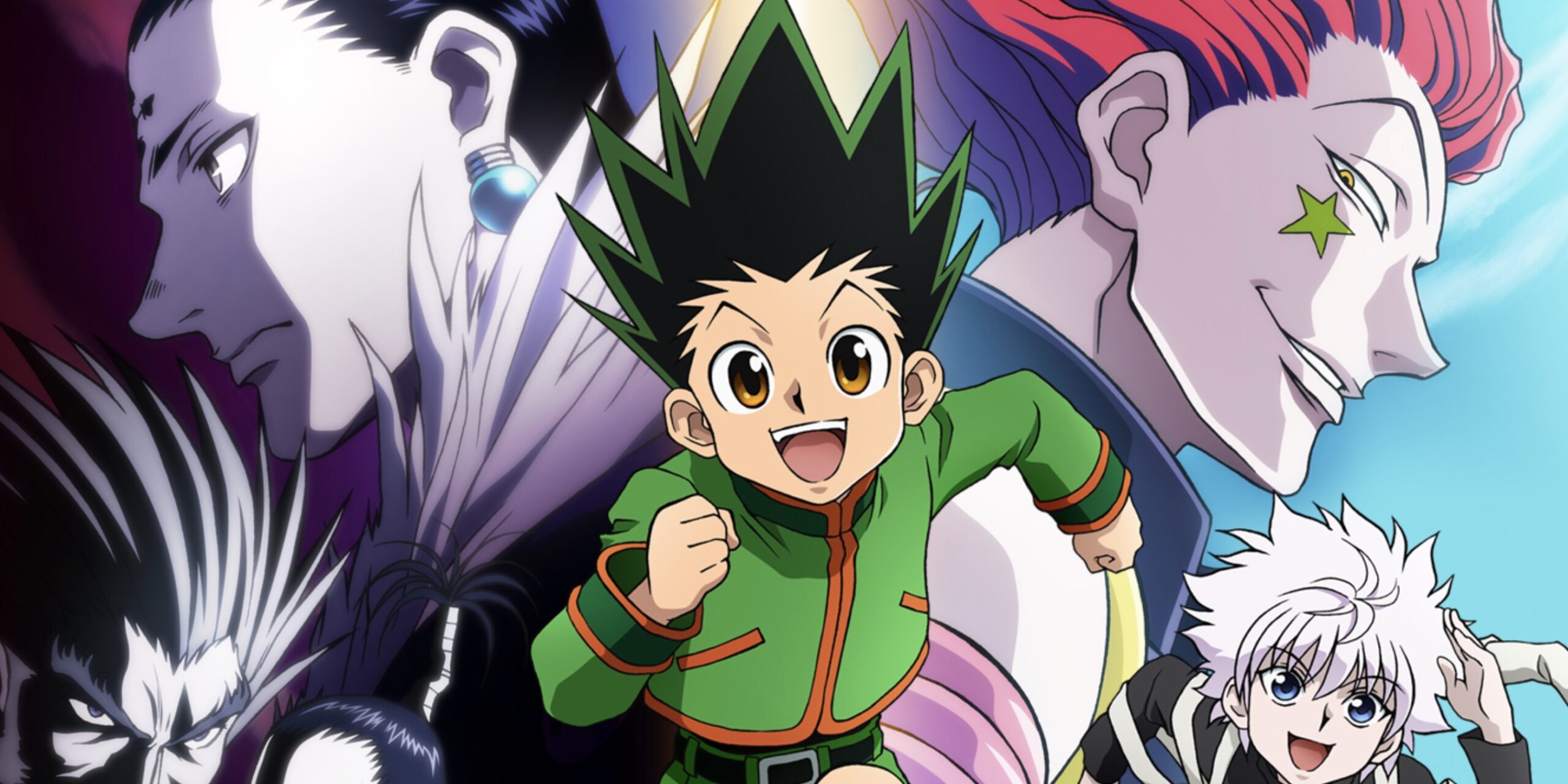
Factoring in overtime pay and allowances, total compensation packages appear on par with industry standards. Bonuses tied to company profits and individual experience aim to reward Loyal artists.
However, a news exposé in 2019 sparked controversy by highlighting the extreme hours and intense schedules animators face in order to meet production demands.
The investigation uncovered one animator working nearly 400 hours in a single month, including 37 consecutive days without a break. This degree of pressure violates regulated labor codes, indicative of excessive expectations placed on talent contractual obligations.
While Madhouse rightfully earned its stature for delivering visionary, slick anime feats, real costs clearly exist behind the scenes.
As studios push to foist lofty workloads onto solo creators vulnerable to overexertion burnout, more oversight and reforms may be needed to ensure proper work-life balance in the name of ethical, sustainable arts culture. Achieving greatness should reward animators, not punish them to the point of collapse.
How Much Monthly Salary Animators At ‘Production I.G.’ Earn?
As a well-regarded staple animation studio in Japan for over 25 years now, Production I.G sets reasonable base compensation rates to attract promising young talent.
While many anime studios rely heavily on freelance contractors, Production I.G. features a formal workforce structure enabling new full-time animators to earn a steady living.
For entry-level animators, average monthly salaries start around 240,000 yen, or $2,080 in US dollar equivalency, if maintain standard Japanese working hours.
This amounts to base pay approaching 1,020 yen per hour, or $9 USD. Additional job perks may include transportation stipends and paid holiday leaves.
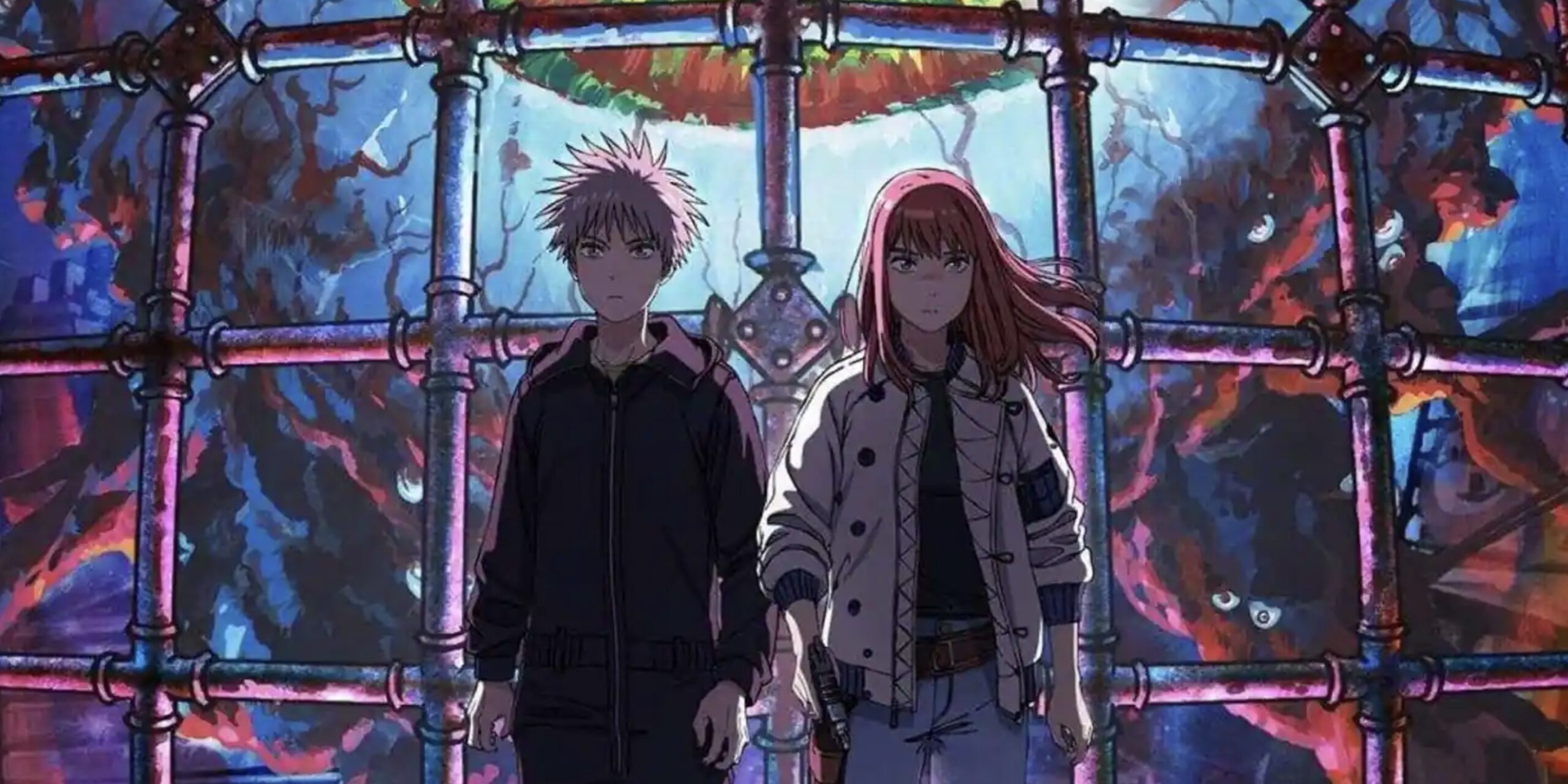
While these salary figures remain modest for skilled digital arts roles, Production I.G. offers a layer of security through formal long-term contracts rare for beginners in the competitive industry.
With an esteemed repertoire spanning acclaimed titles like Ghost in the Shell, Haikyu!!, and Attack on Titan, young talents can expect to refine their skills on leading top-tier properties.
The studio currently has high hopes for Aoashi, its soccer-themed anime premiering in 2023. Attracting exceptional animators to bring ambitious visions to life remains key for Production I.G.’s future.
Competitive compensation and desirable working conditions are instrumental in that equation as anime demand worldwide continues surging. Valuing skilled labor necessitates fair pay to match.
How Much Monthly Salary Animators At ‘CloverWorks’ Earn?
Emerging in 2018 as an anime subsidiary under Sony Music Japan’s Aniplex group, CloverWorks has swiftly built an impressive portfolio of hit productions like The Promised Neverland.
Though a relatively young animation studio, competitive compensation policies have already attracted exceptional creative talent to the ranks.
While not abundantly lucrative, contracted CloverWorks animators can expect to earn a minimum of 200,000 yen per month, equivalent to around $1,733 US dollars.

Actual salaries often scale higher depending on precise role and seniority. This positions even entry-level artists to earn a reasonable living while refining their animation techniques on acclaimed Aniplex properties.
Having already demonstrated adept skill through titles like fan-favorite romance My Dress-Up Darling, the CloverWorks creative team shows no shortage of potential.
Ensuring these gifted animators have the financial stability to support their careers, without over-reliance on tireless freelance hustling, enables a more sustainable and wholesome studio culture.
Though a comparatively young upstart compared to long-standing anime pioneers, CloverWorks sets a progressive example through competitive base salaries alone.
Coupled with high-profile projects generating global buzz, the studio appears well-poised to nurture a new generation of first-rate animators. Valuing skilled craftspeople that enrich anime’s unique expressive mediums remains paramount.
How Much Monthly Salary Animators At ‘Studio WIT’ Earn?
Bursting onto the anime scene in 2012, upstart Studio WIT decisively proved its meteoric talents after landing production duties for the global blockbuster Attack On Titan barely a year after launch.
Swiftly catapulting WIT into the top tiers of Japanese animation, their early success speaks to a formula valuing skilled craftspeople.
Indicative of that ethos, reports show WIT animators earning upwards of 250,000 yen monthly, around $2,166 USD. While junior salaries likely start closer to 210,000 yen, all full-time staff enjoy fair pay rates on par with industry standards.

WIT further incentives its team through annual pay bumps based on performance, along with standard benefits like paid transport fees.
Given the legions of fans passionately consuming WIT’s acclaimed original anime series worldwide, from Vinland Saga to The Great Pretender, the studio sits well-positioned to reward its talent accordingly.
By investing in its people early on, WIT laid the foundation for a close-knit, creatively fertile environment allowing spectacular, emotionally resonant animation to flourish.
Now an established name behind numerous top-tier productions, Studio WIT continues exemplifying how treating staff properly, both financially and interpersonally, directly correlates with prosperity.
Paying animators their due worth, as instrumentals drive innovative visions, only elevates anime’s storytelling possibilities. WIT recognizes this fact intimately, valuing animators appropriately to achieve creative excellence.
How Much Monthly Salary Animators At ‘Studio Pierrot’ Earn?
As the animation studio behind sensations like Naruto and Bleach, Pierrot holds esteemed status producing long-running mainstream hits, despite criticisms around reliance on filler content.
While some may debate artistic merits, when evaluating workplace dynamics, Pierrot offers reasonable base compensation for entry-level animators.
According to recent hiring documentation in 2019, new Pierrot animators on 3-month contractual trial periods could expect monthly salaries of around 175,000 yen. This equals roughly $1,516 US dollars.

Supplemental monthly overtime pay amounted to an additional 31,250 yen, or $270 USD, for 25 hours of extra designated work hours.
While not outright glamorous earnings for the immense talents required, reliable incomes enable aspiring animators to build reputable experience credits under the Pierrot banner.
However, expectations to handle excessive workloads remain an industry-wide concern. Still, animators merit fair pay guaranteed through formal contacts, not just intermittent freelance piecework without protections.
Pierrot’s future in adapting best-selling properties rests on constantly recruiting fresh waves of driven creatives. Making these opportunities financially viable remains imperative.
While higher pay tiers may reflect seniority/roles, entry thresholds must still provide livable wages, considering standard working late hours. There is room for improvement, but baseline pierrot salaries appear aligned with general industry compensation schemes.
How Much Monthly Salary Animators At ‘MAPPA’ Earn?
Rising anime studio MAPPA has garnered immense buzz recently behind hit productions like Jujutsu Kaisen and Attack on Titan’s Final Season.
However, grumblings have emerged accusing MAPPA of overburdening its animators through extreme schedules and unrealistic deadlines.
Seeking to course-correct public impressions, MAPPA recently unveiled salary upgrades for full-time artists.
Now advertising monthly wages starting at ¥230,543, or $2,102 USD, for entry roles, additional job perks include annual pay bumps, insurance coverage, and ¥45,000 in miscellaneous allowances.
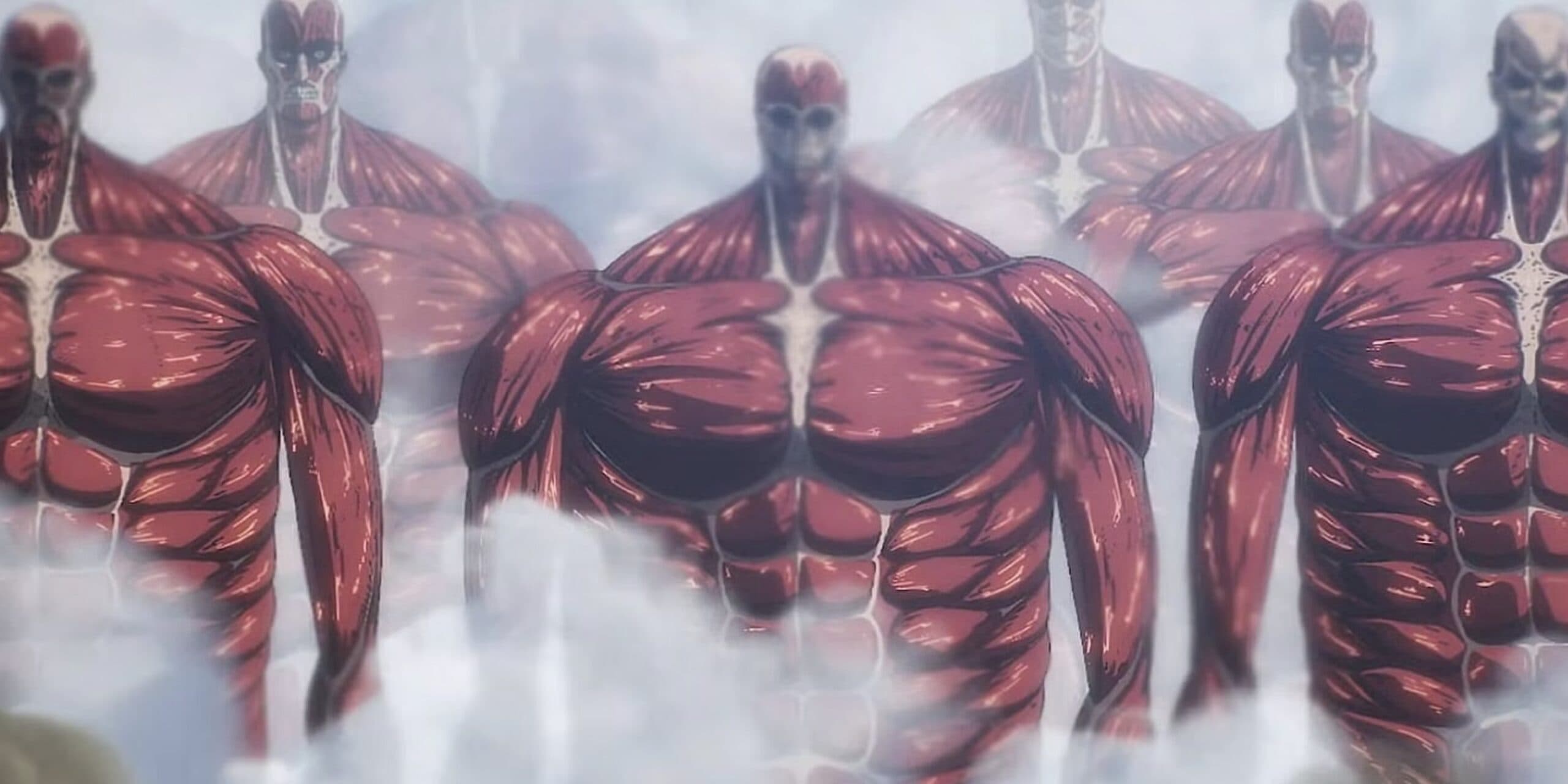
These mark concrete steps to ease the financial strain on creatives integral to powering acclaimed MAPPA projects.
The context is that average yearly earnings for anime industry staffers aged 20-24 amount to just ¥1.55 million, around $13,434 USD, according to recent labor surveys.
Various complex factors feed this reality, including the deeply fragmented nature of anime’s production pipeline relying on many intermediary subcontractors taking substantial margins.
Still, it ultimately funnels down to underpaying the primary creative forces designing, storyboarding, compositing, and animating MAPPA’s titles.
By self-analyzing and addressing compensation gaps limiting the retention of exceptional talents, MAPPA aims to nurture a more supportive, artist-focused culture befitting its incredible rise. Of course, no studio operates outside wider industry pressures. But directly investing in artists themselves, both financially and considerately, remains a solid starting point.
MAPPA’s updated salary baselines signal positive intentions to better value passionate skills propelling anime’s worldwide resonance.
